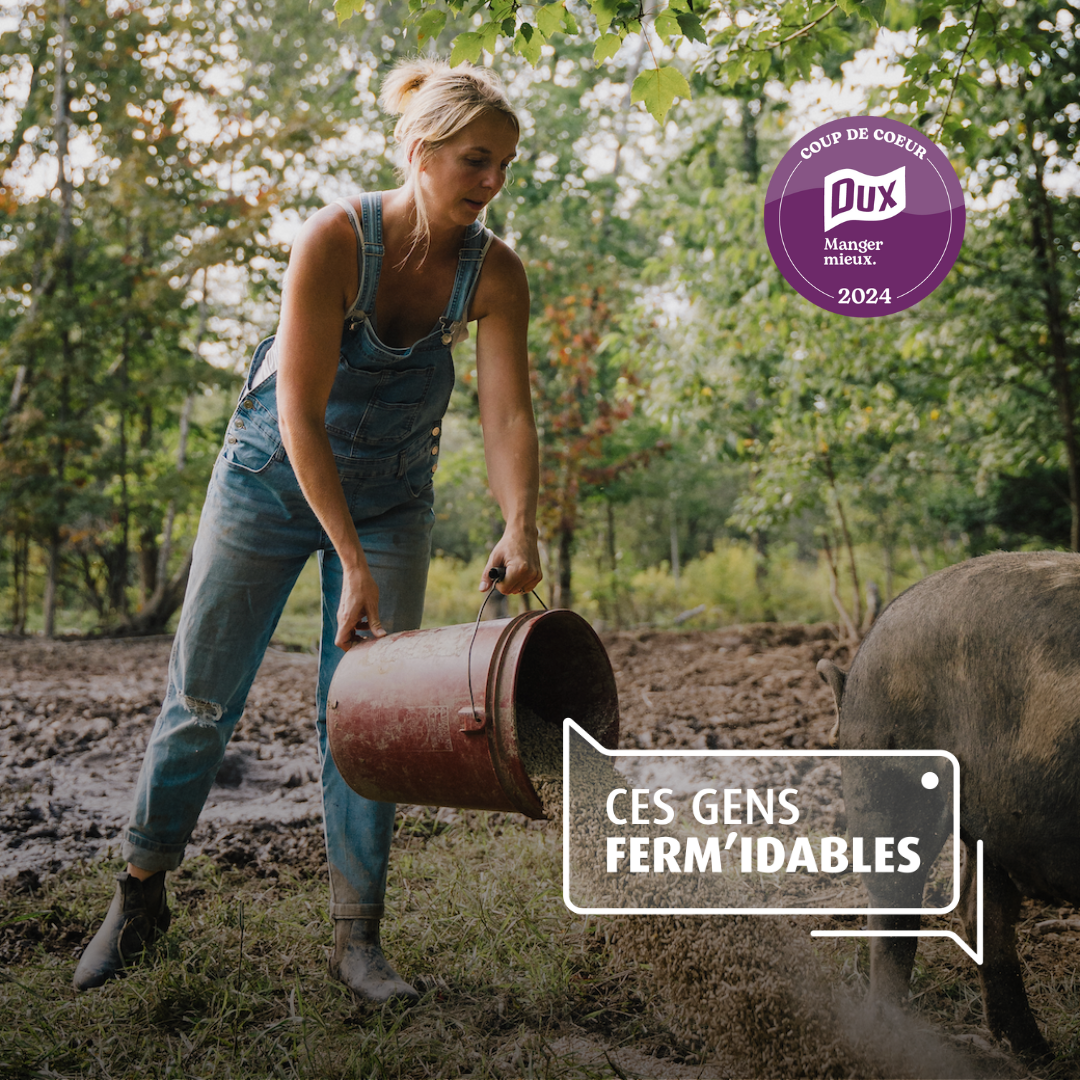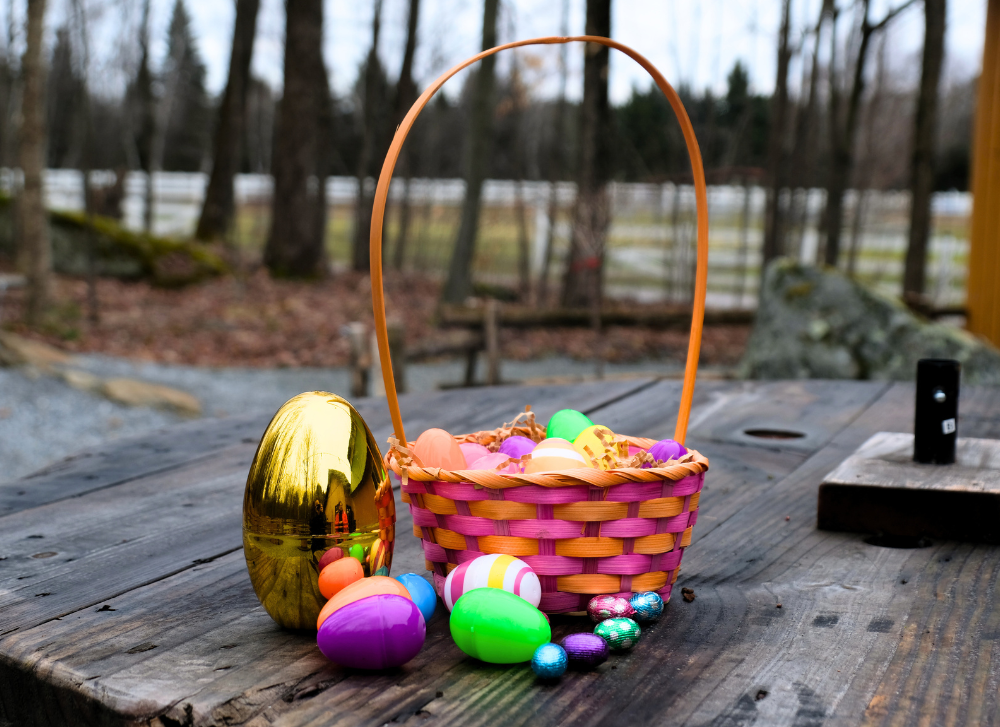Our St. Lawrence is teeming with underexploited marine species that are little known to restaurateurs, consumers, and even fishmongers in Quebec.
This is why Fourchette bleue, a program founded by Exploramer, offers in its 2024 Ecoguide a list of marine species from the St. Lawrence to promote on our plates this year in order to ensure its sustainable development and biodiversity.

Little-known marine species to discover
The list of marine species promoted by Fourchette Bleue this year includes 13 species of fish, 15 seafood (mollusks, crustaceans, echinoderms), 2 mammals, and 15 varieties of algae. Among the 45 choices, some rather surprising species are included, such as the Atlantic hagfish. This serpentine-shaped fish closely resembles an eel and is abundant in the river.
Sea cucumbers also make a return to the list this year, as scientific experts believe their capture method has notably improved.
Species to be left aside for the sake of biodiversity
However, many will be surprised, since unlike in previous years, northern shrimp and Greenland halibut are no longer on the Fourchette Bleue list in 2024.
Since northern shrimp, also known as Matane shrimp, require a very cold climate to survive, global warming is forcing Fourchette bleue to remove them from its list. Given that shrimp have difficulty reproducing in these circumstances and their presence in the St. Lawrence River is essential for biodiversity, consuming this crustacean, a favorite among Quebecers, is no longer considered eco-responsible.
The same goes for Greenland halibut: its presence in the Gulf is decreasing. Since its preferred prey is northern shrimp, it is becoming increasingly difficult for this fish to feed and for its populations to thrive.
Matane's shrimp also have another fairly significant predator: the Atlantic redfish. This fish consumes approximately 214,000 tons of northern shrimp per year—much more than is caught in a single season! It's no surprise, then, that it's once again on the list of species valued this year by Fourchette bleue.
So, if you thought that eating Nordic shrimp would encourage gastronomy and local products by this year, you'll have to think again!
Demonstrating creativity and openness in order to integrate the species recommended by the Fourchette bleue 2024 Ecoguide into our plates is exactly what will encourage fishermen, distributors, grocers and fishmongers to diversify their offering of local marine products and promote sustainable and eco-responsible consumption!






